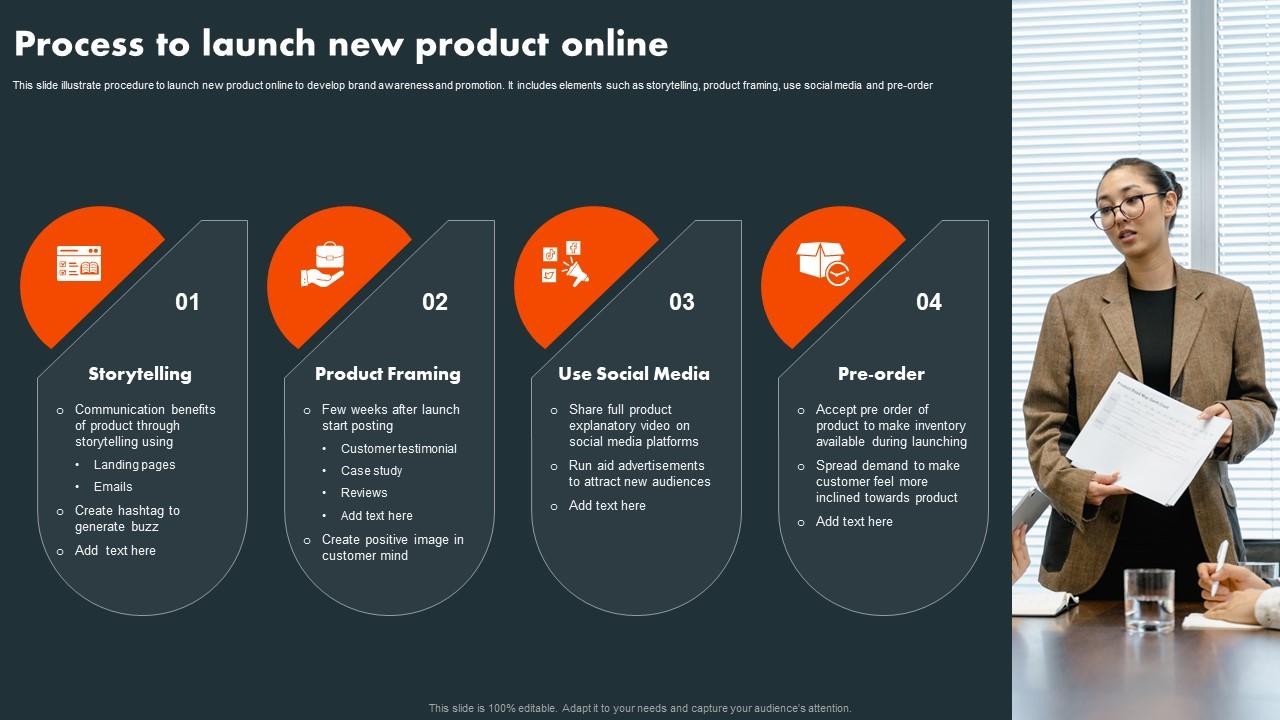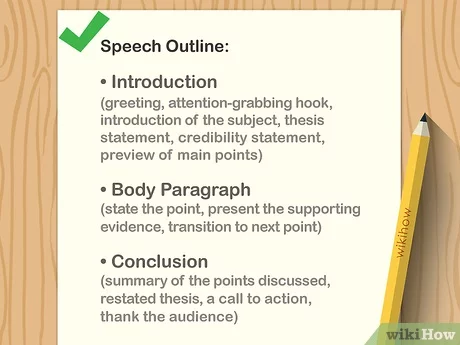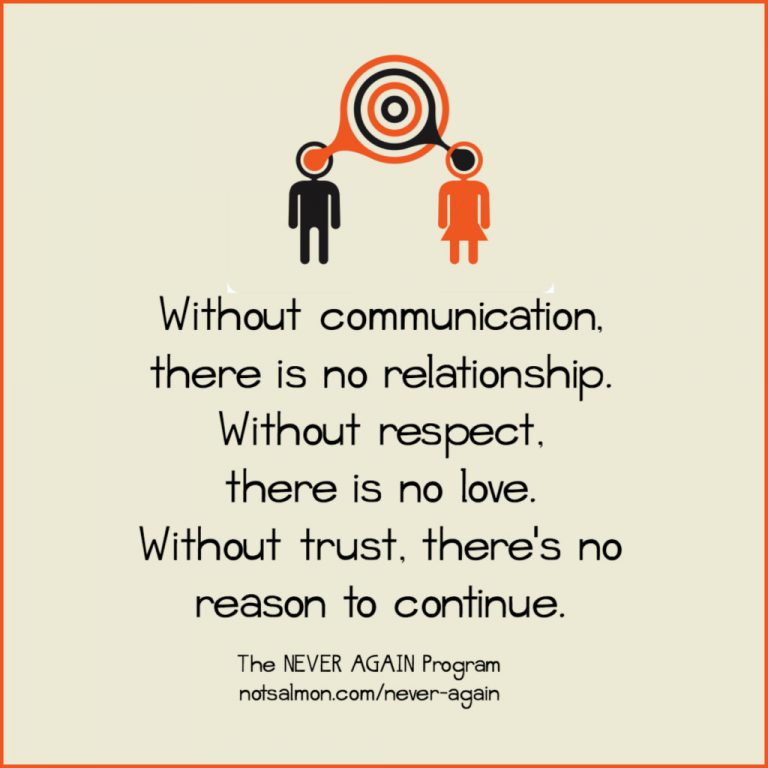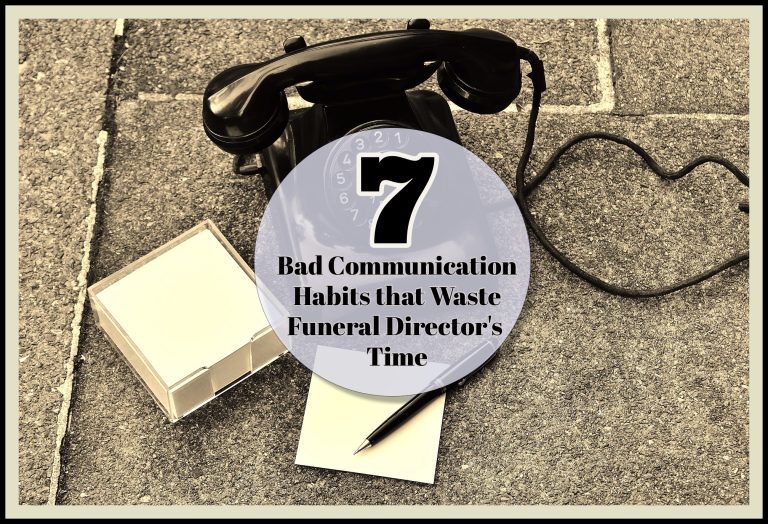Where Does the Advertising Communication Process Start
The advertising communication process starts with the identification of the target audience. From there, the message is crafted and delivered through various channels to engage and influence the audience.
In this digital age, the process often begins with extensive research to gather insights on the target audience’s preferences, needs, and behaviors. Once the target audience is defined, the communication objectives are set, and a strategic plan is developed to reach and connect with them effectively.
This may involve selecting the right advertising platforms, creating persuasive content, and implementing tracking mechanisms to measure the effectiveness of the communication efforts. By understanding where the advertising communication process starts, businesses can better tailor their messaging to attract their desired audience and achieve their marketing goals.
Understanding The Advertising Communication Process
Effective communication plays a crucial role in advertising by driving brand awareness and influencing consumer behavior. The advertising communication process begins with a clear understanding of its elements. These include the message, which should be concise and compelling, the medium through which the message is delivered, and the target audience.
The message must be tailored to capture the attention and interest of the intended recipients. The medium chosen should be appropriate for reaching the target audience and conveying the message effectively. Additionally, feedback from the audience can provide valuable insights to refine future communication efforts.
Ultimately, the advertising communication process starts with a comprehensive understanding of its key elements to create impactful campaigns and connect with consumers on a deeper level.
The Role Of Market Research
Market research plays a crucial role in the advertising communication process by helping identify the target audience and consumer insights. By conducting thorough market research, advertisers can gain valuable information about their potential customers’ demographics, preferences, and behaviors. This data allows them to create more effective advertising campaigns that resonate with the target audience and drive better results.
Utilizing market research in advertising helps ensure that the message is delivered to the right people at the right time, increasing the chances of success. Additionally, it aids in understanding consumer motivations, enabling advertisers to tailor their communication strategies accordingly.
By leveraging market research, advertisers can fine-tune their messages and maximize the impact of their advertising efforts.
Creating The Advertising Message
The advertising communication process starts by creating the advertising message. Developing a captivating brand message is crucial. It involves crafting persuasive and memorable advertising copy. The message needs to resonate with the target audience. It should evoke emotions and connect with their needs and desires.
A well-crafted brand message can differentiate a company from its competitors. It should communicate the unique selling propositions and benefits of the product or service. The message should be clear, concise, and easy to understand. It should also align with the overall brand identity and positioning.
Crafting an effective advertising message requires research, creativity, and strategic thinking. It is the foundation of any successful advertising campaign.
Traditional Advertising Channels
The advertising communication process embarks upon the exploration of traditional media options, including print, television, and radio. Each channel has its own set of pros and cons that deserve careful analysis. Print media offers a tangible and visually appealing platform for advertisements, reaching a diverse range of audiences.
Television, on the other hand, captures attention through audio-visual stimulation, making it highly engaging but costly. Radio advertising, with its auditory format, offers a great opportunity for reaching a broad audience, but lacks visual impact. Analyzing the core strengths and weaknesses of each traditional advertising channel is crucial in order to make informed decisions about which medium will effectively deliver the desired message to the target market.
By carefully examining these options, advertisers can ensure that their message is communicated in the most effective and impactful way possible.
Digital Advertising Channels
The advertising communication process starts with leveraging the benefits of digital advertising. Utilizing online platforms such as websites, social media, and email marketing is key to reaching the target audience effectively. With digital advertising channels, businesses can engage with customers in a more personalized and targeted way.
Websites provide a platform for showcasing products or services, while social media allows for interaction and relationship building. Email marketing enables direct communication and promotion to a specific customer base. By utilizing these online platforms, businesses can increase their brand visibility, generate leads, and drive conversions.
Digital advertising channels play a crucial role in the advertising communication process, allowing businesses to connect with customers and promote their offerings in a dynamic and impactful way.
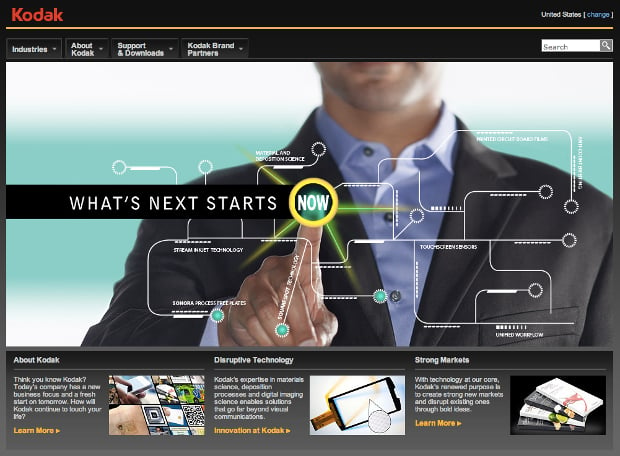
Credit: petapixel.com
Integrated Advertising Campaigns
The advertising communication process begins by creating integrated advertising campaigns. These campaigns combine traditional and digital channels to achieve maximum impact. By leveraging multiple platforms such as print, TV, radio, and online channels, companies can effectively reach their target audience.
Successful examples of integrated advertising campaigns can be seen in various industries. Brands like Coca-Cola, Nike, and Apple have seamlessly integrated their messaging across different channels to create a cohesive and impactful campaign. This approach allows them to amplify their message and connect with their audience on multiple levels.
Integrated advertising campaigns enable companies to leverage the strengths of each channel while maintaining consistency in their messaging. By strategically planning and executing these campaigns, businesses can effectively engage with their customers and drive desired outcomes.
Measuring Advertising Effectiveness
The advertising communication process starts with understanding key metrics to track and analyze advertising effectiveness. Measuring advertising ROI requires the use of various tools and techniques. By carefully monitoring metrics such as click-through rates, conversion rates, and return on investment, businesses can assess the impact and success of their advertising campaigns.
These metrics provide valuable insights into the effectiveness of different advertising channels and strategies. Additionally, tracking customer engagement and brand awareness can help businesses understand the reach and resonance of their advertising efforts. By continuously monitoring and analyzing these metrics, businesses can make data-driven decisions to optimize their advertising strategies and drive better results.
With the right measurement practices in place, businesses can ensure that their advertising efforts are delivering the desired outcomes and maximizing their return on investment.
A/B Testing And Continuous Improvement
The advertising communication process kicks off with A/B testing, a crucial component in continuous improvement. By conducting split testing, businesses can optimize their ads and enhance their overall strategy. This iterative approach involves refining the communication strategy through data-driven analysis and experimentation.
Evaluating different variations of ads allows marketers to identify the most effective elements and make data-backed decisions to amplify their advertising efforts. Through continuous testing, businesses can stay abreast of changing consumer preferences and adapt their messaging accordingly, maximizing the impact of their advertising campaigns.
With A/B testing as the starting point, companies can fine-tune and evolve their communication strategy to effectively reach and engage their target audience. By remaining agile and responsive to consumer feedback, businesses can stay competitive in the ever-evolving advertising landscape.
Adapting To The Changing Landscape
Starting with the emergence of new trends and technologies in advertising, the communication process has to adapt. Keeping up with the changing landscape is essential for future success. As the industry evolves, marketers must stay aware of the latest advancements and adjust their strategies accordingly.
This includes embracing digital platforms, social media, and mobile advertising. By incorporating these tools into their communication process, businesses can reach wider audiences and create more impactful campaigns. It’s crucial to stay proactive and continuously evaluate the effectiveness of different channels.
This way, marketers can optimize their strategies and stay ahead of the competition. Adapting to the changing landscape ensures that advertising messages are delivered to the right audience, in the right format, and through the most efficient channels. Embracing innovation is key in today’s dynamic advertising world.
Frequently Asked Questions On Where Does The Advertising Communication Process Start
What Is The Communication Process Of Advertising?
The communication process of advertising involves transmitting a message to a target audience using various channels. It starts with identifying the target audience and understanding their needs and preferences. Next, a message or content is created that appeals to the audience and aligns with the brand or product being promoted.
The chosen communication channels, such as television, radio, print, or digital platforms, are utilized to deliver the message effectively. The message should be clear, concise, and compelling to grab the attention of the audience. Feedback from the audience is also important to assess the impact of the communication and make necessary adjustments.
Overall, the communication process aims to create awareness, generate interest, and persuade the target audience to take action, such as making a purchase or trying out a service.
What Is The Communication Process In Sales Promotion?
The communication process in sales promotion involves several key steps. Firstly, the sender develops a promotional message and selects the appropriate communication channels. Next, the sender encodes the message to make it clear and understandable to the target audience. Then, the message is transmitted through various communication channels, such as advertising, personal selling, or social media.
The receiver, or target audience, receives the message and decodes it to understand its meaning. Finally, the receiver responds to the message by taking action, such as making a purchase or requesting more information. Throughout this process, feedback is essential for evaluating the effectiveness of the communication and making any necessary adjustments.
By following this process, companies can effectively promote their products or services and generate sales.
What Are The Key Differences Between Human Communication And Advertising Communication?
Human communication and advertising communication have key differences. Human communication is the transfer of messages between individuals, while advertising communication is specifically designed to promote products or services. In human communication, the focus is on creating a connection and understanding, whereas advertising communication aims to influence and persuade.
Human communication is often initiated through personal interactions, while advertising communication uses various channels such as print, TV, or online platforms. Human communication is typically based on shared experiences and emotions, while advertising communication relies on strategic messaging and persuasion techniques.
Furthermore, human communication is dynamic and adaptable, while advertising communication follows a planned and controlled approach. Overall, human communication is more personal and organic, whereas advertising communication is structured and purpose-driven.
What Are The Six Key Elements Of The Oral Communication Process?
The six key elements of the oral communication process are sender, message, channel, receiver, feedback, and noise. The sender initiates the message and selects the appropriate words and tone to convey meaning. The message is the information being communicated, which can be verbal or nonverbal.
The channel is the medium through which the message is transmitted, such as face-to-face conversation or phone call. The receiver is the person or group receiving the message and interpreting its meaning. Feedback is the response or reaction from the receiver to the sender, indicating whether the message was understood.
Finally, noise refers to any distractions or barriers that can interfere with the communication process, such as background noise or language barriers. Effective oral communication relies on all six elements working together smoothly.
Conclusion
The advertising communication process is a multifaceted journey that begins long before a consumer even realizes it. By understanding the various stages, marketers can strategically position their message to reach the target audience effectively. It all starts with thorough research and planning, where brands identify their target audience and conduct market research to gain insights into their needs and preferences.
From there, the creation of a compelling message and creative assets comes into play, followed by carefully selecting the right channels and media to disseminate the message. Finally, monitoring and analyzing campaign performance allows for continuous improvement and optimization. By following this process, businesses can establish meaningful connections with their target audience, build brand awareness, and ultimately drive successful advertising campaigns.
Remember, whether it’s through traditional advertising methods or digital platforms, the key is understanding the audience and crafting a message that resonates with them.
